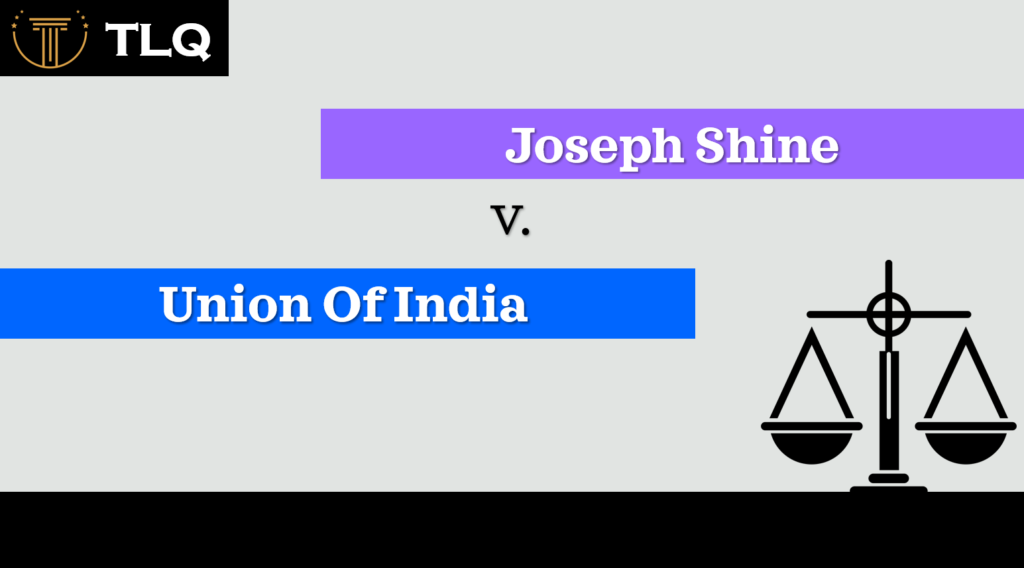Published On: August 18th 2025
Authored By: Sarvani Karri
ICFAI Law School
Abstract
Custodial deaths—when individuals die while in police or judicial custody—represent a serious human rights concern in India. These incidents often highlight the systemic issues within the law enforcement and prison systems, including police brutality, lack of accountability, and inadequate safeguards for detainees. Despite constitutional protections and legal mechanisms intended to safeguard the rights of individuals, custodial deaths continue to occur with alarming frequency.
This article aims to examine the issue of custodial deaths in India from a legal standpoint. It explores the existing legal framework, the mechanisms for accountability, and the reforms that are necessary to address this grave problem. The analysis also includes references to significant case laws, statutory provisions, and reports by government and non-governmental organizations to present a holistic view of the problem and potential solutions.
Introduction
Custodial deaths—when individuals die while in the custody of law enforcement or in judicial custody—are a grave human rights concern in India. These deaths often occur due to torture, ill-treatment, or medical neglect. Despite various legal safeguards under the Constitution of India and international human rights obligations, such incidents are frequently reported, raising serious questions about accountability and transparency in the criminal justice system.
Legal Framework Governing Custodial Deaths in India
The Indian legal system provides several safeguards against custodial torture and deaths:
1. Constitutional Protections:
Article 21 guarantees the right to life and personal liberty.
Article 22(1) provides protection against arbitrary arrest and detention.
Article 20(3) ensures that no person accused of any offence shall be compelled to be a witness against himself.
2. Statutory Provisions:
The BNS 2023 contains provisions for punishing public servants for offences such as causing hurt (Sections 330, 331) and culpable homicide (Sections 302, 304).
The Criminal Procedure Code, 1973 (CrPC) under Section 176(1A) mandates a judicial magistrate inquiry in case of a custodial death.
3. BSA 2023
Section 114-B was inserted to presume that the injury to a person in custody was caused by the police if there is evidence of such injury.
4. Protection from Torture Bill (not enacted):
Despite signing the UN Convention Against Torture in 1997, India has not yet enacted a domestic anti-torture law in line with the Convention.
Judicial Response to Custodial Deaths
The Indian judiciary has repeatedly condemned custodial violence and emphasized the need for accountability:
In D.K. Basu v. State of West Bengal, (1997) 1 SCC 416, the Supreme Court laid down detailed guidelines for arrest and detention to prevent custodial torture.
In Nilabati Behera v. State of Orissa, (1993) 2 SCC 746, the Court awarded compensation for custodial death, stressing that the right to life under Article 21 includes the right to a dignified treatment while in custody.
In Re: Inhuman Conditions in 1382 Prisons, (2016) 3 SCC 700, the Court took suo motu cognizance and directed reforms in prison conditions.
Role of the National Human Rights Commission (NHRC)
The NHRC plays a critical role in documenting and investigating custodial deaths. It has issued guidelines for the mandatory reporting of custodial deaths within 24 hours and has powers to recommend compensation and disciplinary actions.
However, its recommendations are not binding. According to NHRC’s data, hundreds of custodial deaths are reported annually, many of which are due to unnatural causes, including torture.
In 2022–2023 alone, over 2000 deaths in judicial custody and more than 150 deaths in police custody were reported.
Accountability and Challenges in Enforcement
Despite the legal framework, holding officials accountable remains difficult due to:
Lack of independent investigations
Delays in filing FIRs against police officers
Intimidation of victims or witnesses
Political and institutional shielding
Moreover, convictions in custodial death cases are extremely rare. According to the NCRB, in most cases, charge sheets are not filed and trials are delayed.
International Obligations and India’s Position
India signed the United Nations Convention Against Torture (UNCAT) in 1997 but has not ratified it. This reflects a gap between its international commitments and domestic implementation.
The Law Commission of India in its 273rd Report (2017) recommended a standalone anti-torture law, but the proposed legislation has not yet been enacted.
Reforms and the Way Forward
To address custodial deaths, India must undertake urgent legal and institutional reforms:
Enact a comprehensive anti-torture law aligned with UNCAT
Make NHRC recommendations legally binding
Ensure timely, independent investigations into custodial deaths
Mandate CCTV cameras in all lock-ups and jails with third-party audits
Fast-track trials of erring officers
Train police on human rights and legal standards
Public awareness, media scrutiny, and a robust civil society can also act as checks against custodial violence.
Conclusion
Custodial deaths are a deep stain on India’s democratic fabric. While legal protections exist, their implementation is weak. To restore public faith and uphold the rule of law, India must adopt a zero-tolerance policy towards custodial torture and ensure that every death in custody is treated as a matter of national concern, investigated fairly, and punished justly.




